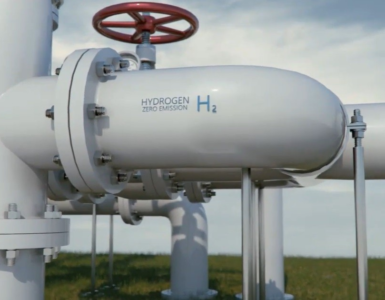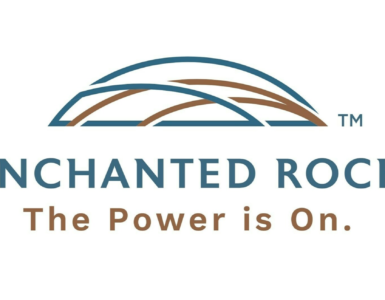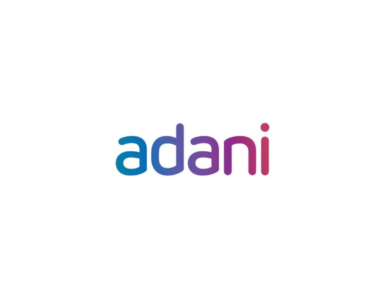UK government consults on 20% hydrogen blend – ICIS.
The UK government announced its consultation on hydrogen blending on 15 September, allowing market participants to weigh in on whether a 20% blend of hydrogen into local gas distribution network systems should be supported. ICIS analysis shows that this could result in around 12-18TWh of hydrogen blending in 2030.
Hydrogen blending means adding a volume of hydrogen to the natural gas distribution (local) or transmission (national) systems. Although some gas regulations allow for blends of hydrogen already, they allow usually a very small level. For example, in the UK’s Gas Safety (Management) Regulations (GS(M)R), the current allowance is 0.1%.
Over the last few years, as governments have considered the introduction of large volumes of hydrogen across a country’s energy system, the notion of blending higher percentages of hydrogen into the gas network has gained traction.
🔥 What about we co-host a webinar? Let's educate, captivate, and convert the hydrogen economy!
Hydrogen Central is the global go-to online magazine for the hydrogen economy, we can help you host impactful webinars that become a global reference on your topic and are an evergreen source of leads. Click here to request more details
UK GOVERNMENT CONSULTATION
From 15 September, UK energy market participants ranging from hydrogen producers and users to gas network shippers and storage operators are invited to respond to the government’s questions on hydrogen blending. Respondents will have to 27 October 2023 to reply.
The questions focus on a range of topics. Initially the consultation focuses on safety measures for increasing the blend.
Another key question, noted in chapter 3, is the strategic role of hydrogen. This chapter highlights that, by allowing a blend of hydrogen into the transmission system, hydrogen producers are less exposed to volume risk, whereby a producer could suffer if an offtaker withdraws.
Hydrogen blending therefore means that a producer could sell hydrogen gas volumes into the gas market. Further, in the absence of hydrogen storage and transmission, blending can act as a reserve offtaker for electrolytic hydrogen where necessary.
The use of blending specifically for electrolytic hydrogen is due to the fact that electrolysis utilising renewable energy may have uncertain generation profiles, therefore meaning that higher solar or wind generation could result in a producer having more hydrogen than necessary without a facility for storage.
The UK government also sought views on:
• Support mechanisms for blending
• Whether to blend into the transmission system
• Marketing and trading (such as the purchasing of hydrogen for blending by gas shippers)
• Use of certificates for low-carbon hydrogen for blended hydrogen
HYDROGEN DEMAND
By allowing a 20% blend by volume into the distribution network, market participants can gauge how much of the local gas network could be available for the absorption of additional hydrogen volumes.
Looking at National Grid’s Future Energy Scenario’s document, local distribution gas offtake was describer in four scenarios. ICIS has reviewed the most and least extreme of those from a gas demand perspective, known as “Falling Short” and “Leading the Way” respectively.
READ the latest news shaping the hydrogen market at Hydrogen Central
UK government consults on 20% hydrogen blend, September 15, 2023








